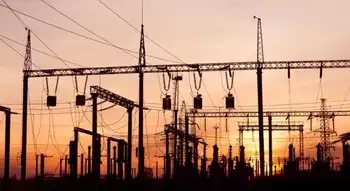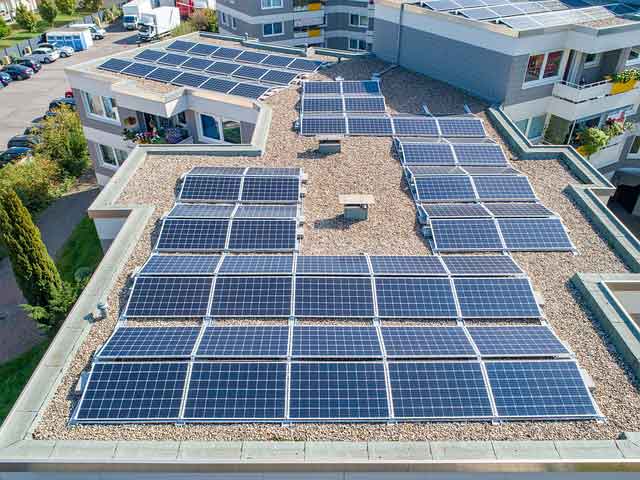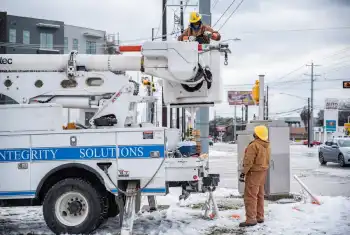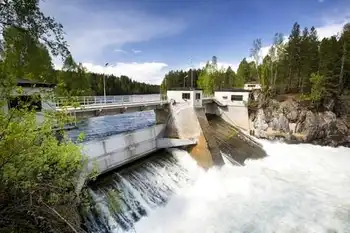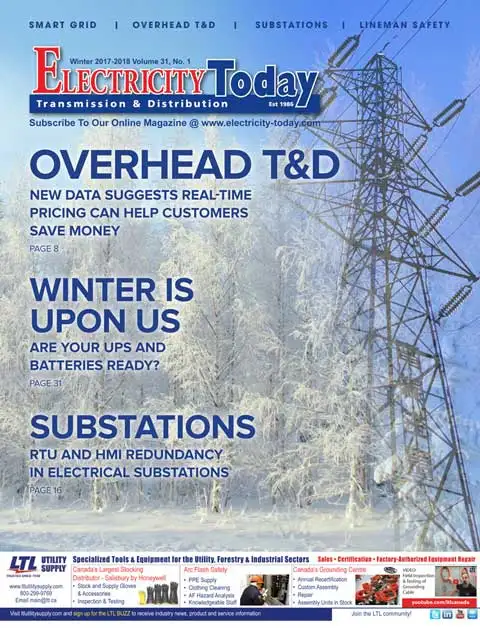CO2 capture possible for commercial coal generation: report
By Business Wire
Protective Relay Training - Basic
Our customized live online or in‑person group training can be delivered to your staff at your location.
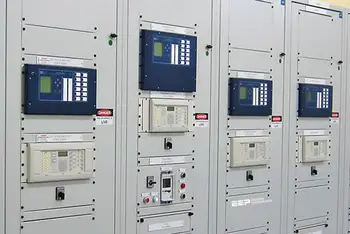
- Live Online
- 12 hours Instructor-led
- Group Training Available
CO2 levels are rising at an accelerated rate with the increasing global demand for transportation fuels and power. Today, worldwide CO2 emissions amount to 7.9 tons per year and are expected to grow seventy-five percent to 13.9 tons by 2030.
Coal is an abundant and relatively inexpensive energy source. Coal-fired power plants produce forty-six percent of the worldÂ’s power, but in the process are responsible for forty-one percent of GHG emissions. Clean Coal Technology (CTT) initiatives aim to revamp aging power plants to decrease CO2 emissions, but no proven methods exist at base load power plant scale to accomplish this daunting technical, economic and operational challenge.
In a new report, Carbon Capture from Coal Fired Power Generation, SRI Consulting (SRIC) publishes the results of its simulation research that confirm the first baseline models for capturing CO2.
Carbon Capture from Coal Fired Power Generation provides an overview of the global coal industry, demand, and reserves, plus options for long term geological storage of CO2. The report details two methods that remove about 90% of CO2 emissions. The Integrated Gasification Combined Cycle (IGCC) process requires pre-combustion, while Supercritical Pulverized Coal (SCPC) is a post-combustion alternative.
The report contains an analysis of the two processes with and without carbon capture, along with detailed designs, costs and flow diagrams.
The baseline economic analysis is on a project-financed utilities evaluation basis, with detailed assessments of cost of CO2 captured, cost of CO2 avoided, and levelized cost of electricity for new grassroots plant construction.
Ron Smith, Author and SRIC Senior Consultant said, “Clean energy is the ultimate goal, and the reality is that coal will be a major source of energy for many years to come. Industry needs carbon capture methods that it can utilize today. Carbon capture is a worldwide imperative and complementary to overall clean energy strategies.” Mr. Smith added, “Today CO2 capture costs up to ten times more than storage, but storage carries the higher liability for comprehensive deployment of CCT.”
RJ Chang, SRIC’s Process Economics Program (PEP) Director commented, “This report comes at a critical juncture. Attempts to develop a viable technology have been ongoing for at least ten years. The industry is struggling with the best ways to reduce CO2 emissions, and decreasing emissions will come at a price. Our models highlight the major issues and provide a foundation for making informed decisions to reach the goal of decreasing greenhouse gases.”





